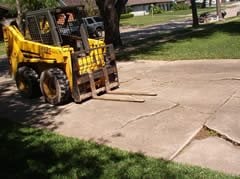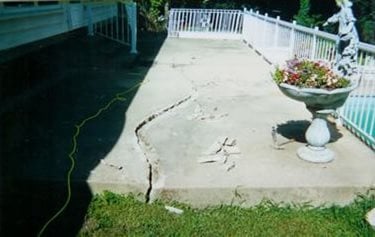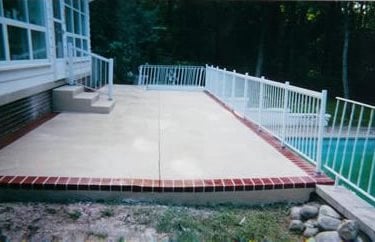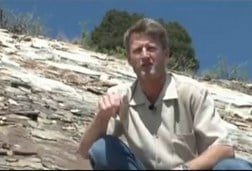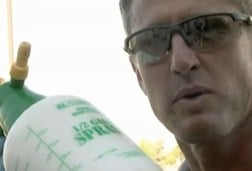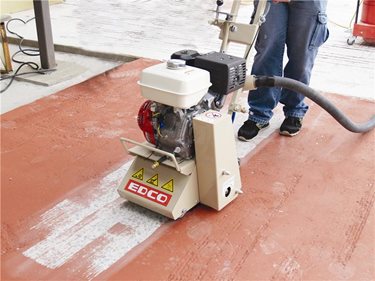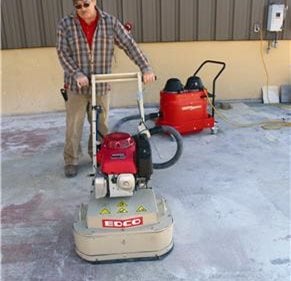- Concrete Repair Home
- Surface Repairs
- Structural Repairs
- Slab Repairs
- Concrete Crack Repair
- Common Concrete Repairs
- Stamped Concrete Repair
- Driveway Repair
- Pool Deck Repair
- Garage Floor Crack Repair
- Fix Spalling Concrete
- Make New Concrete Match Old
- How to Fix Pitted Concrete
- Concrete Repair Methods & Systems
- Concrete Crack Injection for Basements
- Why Concrete Cracks
- Sunken Concrete Foundations
- Repairing Bowed Basement Walls Using a Carbon-Fiber-Reinforced Grid
Concrete Surface Repairs
My sister-in-law called me recently to complain about the driveway she had installed a couple of years ago. Since I had encouraged her to use concrete and the surface was now spalling—probably from freeze thaw damage due to a lack of entrained air—I guess that made it partly my fault. I hate hearing about failed concrete, don't you?
Surface failures like this are one of the most common ailments with concrete, whether caused by freeze-thaw action, aggregate popouts, or corroded reinforcing steel. Many surface failures on concrete slabs are little more than cosmetic—the concrete remains functional but looks bad or has a chalky surface.
As with any repair, the first step is to figure out the cause of the failure. For example, if a slab has cracked due to poorly compacted subbase, an overlay will simply crack again. But if the subbase is well compacted, then the repair should be durable.
When faced with a surface repair, investigation will soon reveal how aggressive the repair needs to be:
- Full-depth repair--cutting out the damaged concrete, replacing reinforcing steel, and replacing the concrete.
- Partial depth repair—cutting around the edges of the damaged area (but not into the reinforcing steel), removing the damaged concrete, cleaning or replacing the reinforcing steel, then placing a repair mortar.
- Overlays—effective to cover up surface problems—so long as good surface preparation is used.
Surface scaling from freeze-thaw action is all too common. Potomac Construction Industries
Which brings us to the topic of surface preparation. More repairs fail because of poor surface preparation than from any other cause. All unsound concrete must be removed, leaving sound, clean, and suitably roughened surfaces. For any overlay installation or surface repair, what constitutes "suitable roughness" should be specified using ICRI's Concrete Surface Profiles (CSP). This is a series of nine roughness levels ranging from acid etched to heavy scarification. The best way to know what each of these CSP levels looks like is to get a set of plastic chips from ICRI that simulate the surface profiles.
There are a variety of ways to remove unsound concrete, including high-pressure water jets, sand blasting, grinding, scarifying, and, of course, old-fashioned impact methods, such as with scabblers or jack hammers. The greatest danger with impact methods is the bruising of the concrete surface—even though the surface may look like solid strong concrete, the impact methods create a zone of microcracking. Learn more about surface preparation.
Podcast: Hear ConcreteNetwork.com founder, Jim Peterson, answer top concrete questions on the Ask Danny podcast from Today's Homeowner
 High Performance Concrete Repair
Fast setting mix for structural repairs
High Performance Concrete Repair
Fast setting mix for structural repairs
 Divot Patch - Concrete Repair
15-minute set time
Divot Patch - Concrete Repair
15-minute set time
 Crack-Weld
5-minute set time
Crack-Weld
5-minute set time
